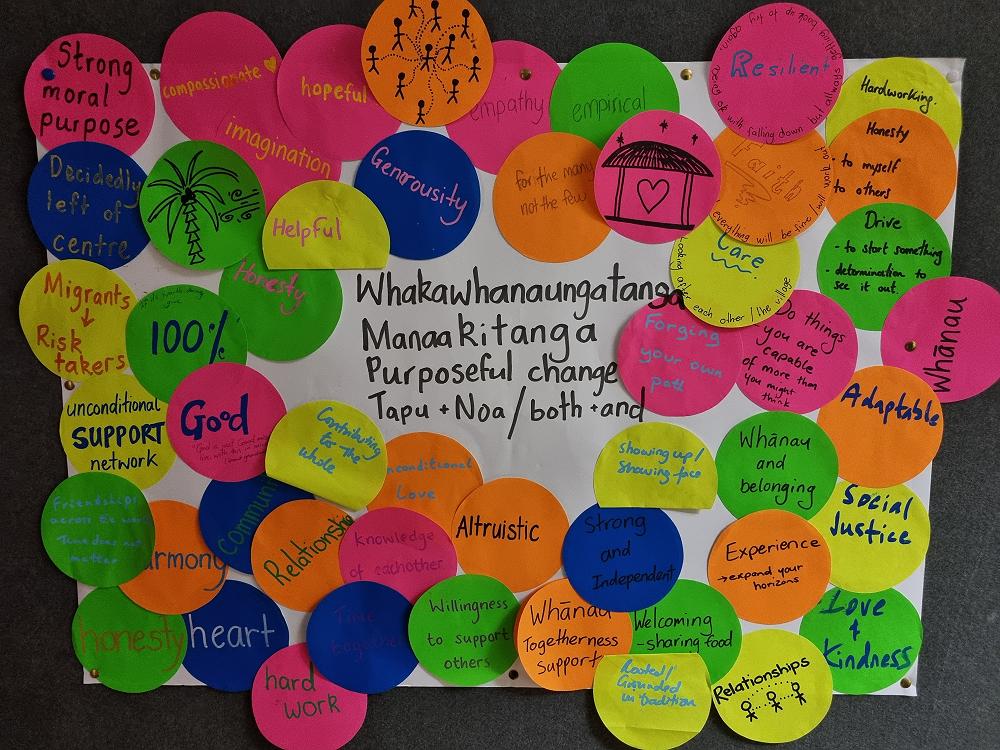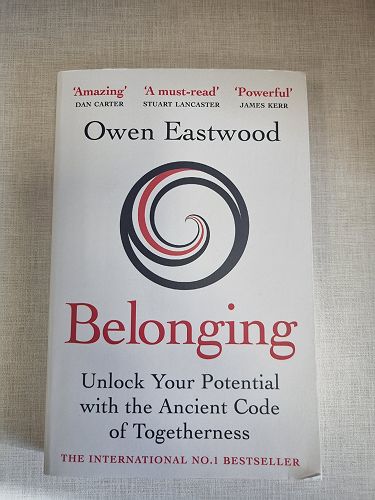
From our Tumuaki / Principal
Kia ora e te whānau,
He hono tāngata e kore e motu, kāpā he taura waka e motu; Bonds between people cannot be broken, unlike the severable canoe rope.
I have been mulling over the concept of whakapapa quite a lot over the past few months. My interest grew from a book club we ran last term based around Owen Eastwood’s book ‘Belonging: The Ancient Code of Togetherness’. Eastwood describes whakapapa as an unbroken line of people stretching backwards and forwards in time, each person with their arms interlocked like a chain. I found this to be a very powerful description of the connections that link family together.
Beyond kin, whakapapa can frame our connection to any group of people we belong to. Each group is connected by a shared aspect that brings the group together, and whakapapa unlocks the identity of the group. Again, I found this concept resonated really strongly with me, and I began thinking about the whakapapa of the various groups I am part of, and what connects the group together.
As a team of kaiako we began to explore our whakapapa on our recent staff only day. We spent a little time thinking about our own ancestral whakapapa, and we then began to explore our shared whakapapa as an Amesbury team, looking at the connections and shared understandings that bring us together. In ‘Belonging’ Eastwood talks about touchstones - values or concepts that are held as sacred within a group and are a key aspect of the whakapapa of the group. These touchstones act as a code showing how the group will live and work together. In our work as a team of kaiako we all identified three of our own individual touchstones from our own personal whakapapa, showing the beliefs and values we all individually bring to our shared mahi. We then went through a process of identifying our shared Amesbury touchstones - the values that connect us together as a group.
As a group we identified four key touchstones that underpin the mahi we do together:
- Whanaungatanga: valuing and deliberately building and maintaining strong relationships and connections
- Manaakitanga: supporting and caring for each other, encouragement, respect and kindness
- Purposeful change: Having a strong shared vision about what we want for our ākonga, and being responsive and adaptable to make the necessary changes and adaptations for each child in order to achieve this
- Both / and: Embracing the complexity of the human condition and knowing that binary thinking can simplify things too much. We used the concept of tapu and noa to put this into context for us: tapu - holding some things as sacred, our ‘bottom lines’; and noa - having space and ‘permission’ to show agency and self expression
We created a visual showing our individual touchstones around the outside and our four group touchstones in the centre. This visual is shown in one of the pictures attached. We have also added each of our four touchstones to our school stones, and these are displayed in the display cabinet in our reception area - have a look when you are next in the office area.
This process of exploring our shared whakapapa is by no means complete. It is an ongoing process that we will keep returning to over time. It was a really useful process and a great way to spend time together as a group, exploring what is important to us. I know I will keep mulling over the concept of whakapapa and how it connects and binds the different groups of people I am part of. If anyone is interested in reading Owen Eastwood's book 'Belonging', we have several school copies. Please feel free to pop into the office to see if one is available to borrow.
Kia pai te rā whakatā, enjoy your weekend and make the most of spending time with groups of people you connect with in some way.
Ngā manaakitanga,
Urs Cunningham
Gallery




